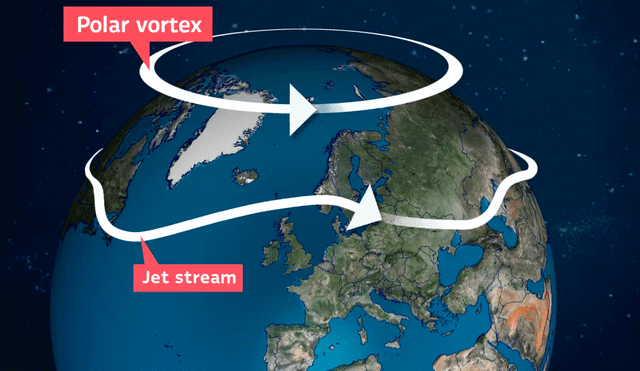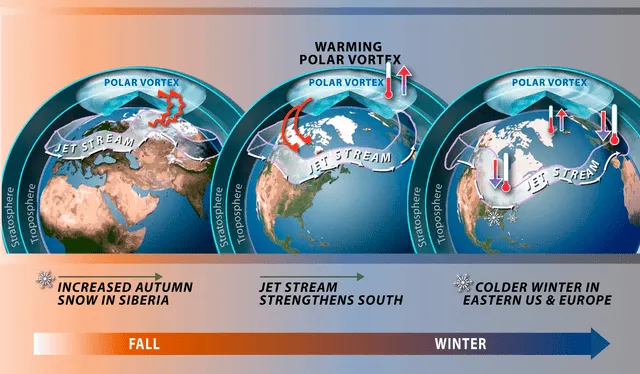Cold blast ahead? Polar vortex collapse may bring frigid temperatures to North America
A sudden stratospheric warming event could weaken the arctic blast, increasing the likelihood of cold outbreaks and snow across parts of North America and Eurasia. Meteorologists are monitoring its potential impact.

A significant rapid temperature surge at high altitudes is expected to develop within the next two weeks, potentially triggering a rapid polar vortex collapse. This phenomenon could allow Arctic air masses to push southward, intensifying winter conditions in some regions. The previous whirl disruption last month resulted in severe frosty spells across the eastern U.S., and this upcoming event appears even stronger, possibly leading to increased snowfall risks.
Climate scientists alert that this warming event could weaken the jet stream, disrupting typical weather patterns and increasing the likelihood of extreme icy outbreaks. With thermal reading set to drop and storm activity likely to intensify, forecasters are closely monitoring how this shift may impact North America and Eurasia, particularly regarding heavy blizzard and prolonged frigid conditions.
How will the weakening jet stream affect weather?
The tropospheric wind corridor serves as a natural barrier, keeping Arctic air confined to northern latitudes. When disrupted by sudden stratospheric warming, this current loses strength, allowing frigid gusts to push further south. This alteration could bring intense snowfall, blizzards, and hazardous conditions to the United States, Canada, and parts of Europe, impacting daily life and travel.
Forecasters indicate that North America and Eurasia may face prolonged winter storms as a result. The severity of these events depends on how much the polar vortex destabilizes and climate pressure systems guide cold air into regions like the U.S., the U.K., or Central Europe. Authorities recommend staying prepared for possible transportation breakdowns and energy demands.
Which regions are already facing severe conditions?
Major disturbances are unfolding across multiple zones. In Pakistan, areas including Islamabad, Kashmir, upper Khyber Pakhtunkhwa, and Punjab are dealing with intense winds, heavy rain, and hill snow, prompting travel delays and official alerts. Meanwhile, in Australia, Tropical Cyclone Alfred is approaching the Queensland coast, bringing the potential for gale-force gusts and towering waves along the Great Barrier Reef islands and northeastern New South Wales. Authorities remain on high alert as rough seas and strong currents could impact nearby communities.

Weakening jet streams could shift cold air masses, triggering storms and snowfall across multiple regions. Photo: Yle
In the Indian Ocean, Cyclone Garance has caused widespread destruction across Réunion, leaving at least four people dead and forcing thousands from their homes. Winds of 140 mph (225 km/h) have toppled trees, submerged roads, and left more than 160,000 residents without power. With drinking water shortages affecting a third of the island’s population, emergency teams are working to restore essential services while clearing mudslides and debris.












